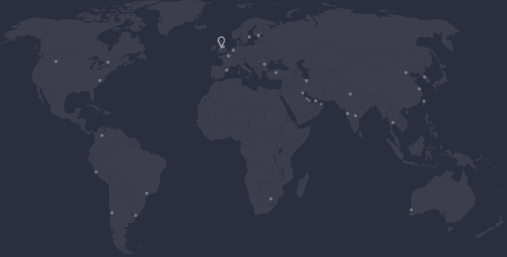Returning equipment to Turnkey Instruments for recalibration & service/repair from outside the UK
When returning equipment to Turnkey Instruments, you need to provide a commercial invoice to ensure it is correctly processed at customs. It must have the following information (which must also be provided to your selected courier and affixed to the packaged goods):
- Your company details and contact information.
- A description of the equipment and (importantly) the serial number.
- The customs value of the equipment.
- A reference to our IPR number: IP/0923/991/27
- The correct CPC Code: 5100A04
- The correct commodity code:
- Brake testers: 90319000
- Environmental monitors: 90271010
- Vibration monitors: 90318078
- Finally, our address.
Address:
Service Department
Turnkey Instruments Ltd
1-2 Dalby Court
Gadbrook Business Centre
Northwich
Cheshire
CW9 7TN
UK
Email: service@turnkey-instruments.com
Phone: +44 1606 330020
For customers within the EU, please also include our VAT number and our EORI number:
VAT number: GB497612507
EORI number: GB497612507000
Please also read the following notes to ensure a smooth process for both you and Turnkey in this return process:
- Due to the large amount of Turnkey instrumentation all around the world, we will ask for the serial number when any enquiries are made. Please ensure you keep note of the serial number, as this will help Turnkey staff answer your queries quickly and efficiently.
- Having incorrect information on export documents can cause delays and extra charges due to UK customs. These charges and delays our outside of Turnkey’s control and can be mitigated by ensuring that paperwork is correct before returning to Turnkey.
- When returning equipment to Turnkey, please ensure that carriage is paid to deliver direct to Turnkey, not to the offloading port or a freight forwarder, as additional charges will apply if Turnkey have to arrange the final stage of shipment. This will cause a delay in the recalibration/repair of equipment.
- If you are planning on arranging your own courier collection after service/recalibration instead of using Turnkey’s preferred shipper (DHL), Turnkey will not arrange or contact your courier for the collection on your behalf. You will be provided with the relevant paperwork and advised when the goods are ready to be collected, along with our opening times. It will be your responsibility to ensure collection and shipment back to you takes place. You may incur additional charges from Turnkey if your own courier collections cause extra work and/or delays.


